WHAT IS STROKE & HOW TO PREVENT STROKE FROM EVER HAPPENING?
What is a stroke?
Stroke is one of many cardiovascular diseases. It is in the top 5 causes of disability and death for both men and women in the United States.
A stroke affects arteries within and leading to the brain. When a blood vessel bursts or gets blocked by a clog, nutrients and oxygen cannot be delivered to that part of the brain, causing a stroke.
BM252 provides natural support for blood flow and circulatory disturbances such as leg cramps when walking, skin temperature fluctuations, racing pulse, headaches, dizziness, memory problems, and mood changes.
Depending on the area of the brain and the severity of the stroke, you lose control of organs or body parts.
A stroke is considered a medical emergency; the sooner treatment is administered, the less likely a person will suffer severe brain damage or other complications.
Fortunately, due to advancements in medicine over the years, fewer people die of strokes than in the past, and there are effective treatments.
What are the types of stroke?
There are 3 types of strokes:
An ischemic stroke happens when blood flow to the brain is blocked by a clot or from narrowing in the arteries. Those conditions cause ischemia, a significantly reduced blood flow from which brain cells die off.
Blood clots can form anywhere in the body. After forming, they are transported through the body via the bloodstream and usually get stuck in the narrow arteries of the brain.
A hemorrhagic stroke occurs due to a partially or fully ruptured blood vessel.
Depending on the location of a ruptured blood vessel, blood can flood the brain (intracerebral hemorrhage) or fill the space between the skull and the brain.
Either way, leaked blood puts pressure onto other arteries or brain cells which can cause additional issues.
A "mini-stroke" or TIA (transient ischemic attack) is caused by a temporary clot.
This type comes as a warning for possible future strokes and should be treated as an emergency. It indicates that there is a clot source or a partially blocked artery. According to the CDC, if a person does not get treatment after a TIA, their chances of having a major stroke increase significantly.
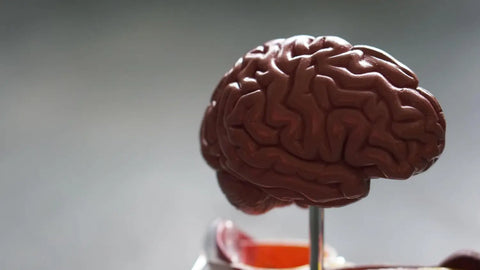
Stroke symptoms
Symptoms of a stroke are shown on the body parts controlled by the affected brain area or areas.Symptoms can include:
- Confusion
- Slurring speech
- Trouble walking
- Paralysis
- Loss of balance and coordination
- Sudden and severe headache
- Dizziness
- Problems with vision, blurred, blackened, or double vision
- Weakness or numbness in the leg, face, arm, or on one side of the body
- Trouble speaking or understanding speech
As stated before, a stroke is a medical emergency; if you suspect someone is having a stroke, call 911 immediately.
With prompt medical treatment, it is more likely to prevent:
- Long-term disability
- Brain damage
- Death
BM11 provides natural support for all types of headaches and fatigue. Best used for throbbing, sharp, and nerve pain. Useful for congestion problems. It supports healthy sleep.
Symptoms of a stroke in women
For women, it is the fourth -leading cause of death in the U.S. During their life, they are at a higher chance of having a stroke.Between the sexes, some stroke signs are shared, but these are more common in women:
- Hallucination
- Pain
- Vomiting or nausea
- Overall weakness
- Seizures
- Losing consciousness or fainting
- Trouble breathing or shortness of breath
- Disorientation, confusion, or lack of responsiveness
- Increased agitation or other behavioral changes
Symptoms of a stroke in men
Younger men are more likely to have a stroke than women, but usually, they are less likely to die from it. Some symptoms that occur more often in men than women include:- An uneven smile, drooping on one side of the face
- Muscle weakness concentrated on one side of the body
- Difficulty speaking, trouble understanding speech, or slurred speech
It is best to learn symptoms for both men and women to timely recognize a stroke and get help.
BM108 is recommended for a complete loss or impairment of the ability to voluntarily use muscles.
Causes and risk factors
Each of the three types of strokes has its own set of potential causes. These are some of the general conditions that increase the risk of a stroke:- Being overweight or obese
- A history of personal or family strokes
- High blood pressure
- Age of 55 and older
- High cholesterol
- Diabetes
- Having other cardiovascular diseases
- Sedentary lifestyle
- Excessive alcohol consummation
- Use of illicit drugs
- Smoking
While some studies show that males are at a higher risk of death after suffering a stroke, a review of the 2016 study suggests significant factors excluded from the study, such as age, race, severity, and other risk factors.
The review also shows that demography and age are more relevant to the risk of stroke mortality than the biological differences between the genders.
For example, African American people have significantly higher chances of a first-time stroke. They are more likely to experience a second one within 2 years by about 60%.
BM116 may help with dizziness, headache & blurred vision in people with blood pressure issues.
Diagnosis
After a person has started showing symptoms of a stroke and has been administered to a hospital, hopefully within the first 3 hours, to increase the chance of a better outcome.To determine the type and the cause of a stroke, a doctor will do:
- Blood tests – by measuring the number of particular substances, the doctor can determine an increased risk of clots or bleeding. They can also check if there is an infection present.
- A CT scan – shows tumors, strokes, hemorrhages, and other conditions within the brain with a series of x-ray scans.
- Physical examination – after asking about symptoms and medical history, the doctor will examine your reflexes, sensation, vision, muscle strength, and coordination. Could also examine blood vessels in the eye and check blood pressure.
- Carotid ultrasound – checking for plaque or narrowing in the carotid arteries.
- MRI scan – with magnets and radio waves, an image of the brain is created and is used to detect damaged brain tissue.
- Echocardiogram – with a detailed image of the heart, a doctor can check for any sources of clots.
- Cerebral angiogram – making brain’s blood vessels visible under MRI or x-ray, by injecting die into them; provides a detailed view of arteries in the neck and brain.
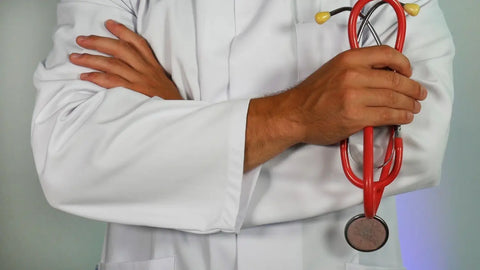
Prevention
With the knowledge of symptoms and your risk factors for a stroke combined with the help of a doctor, you can start on prevention. Adoption of a more generally healthier lifestyle and following the recommendations from your doctor are the first and best steps for preventing a stroke.If you suffer a minor one (TIA), these steps can help you avoid another one.
Since stroke is cardiovascular disease, some measures and strategies are shared with prevention of heart disease; these include:
- Controlling hypertension (high blood pressure) – is probably the most critical factor you can regulate to reduce risks. Before or after a stroke, lowering your BP can help prevent another TIA or a major stroke. High blood pressure is treated with medication and a healthier lifestyle.
- Quit smoking – direct or secondhand smoke increases the chance of a stroke, so rethink your next cigarette.
- Diabetes – weight loss through diet and exercise helps regulate blood sugar and keep it in check. If that is not enough to keep it under control, your doctor can prescribe medication.
- Saturated fat and cholesterol – a diet with less cholesterol and fats, like saturated and trans-fat, should reduce any buildup in your arteries. If you can not control fat and cholesterol through diet, discuss your options for medication with your doctor.
- Staying in the healthy weight range – obesity contributes to many different risk factors of cardiovascular diseases.
- Fruits and vegetables – a balanced diet with five or more servings of vegetables or fruit should reduce your risk of stroke. The closer your diet gets to The Mediterranean diet, the better. That diet emphasizes fruit, nuts, olive oil, whole grains, and vegetables.
- Exercise – gradual buildup of activity over time brings only benefits. Working out about 30 minutes a day, on most days of the week, improves the overall health of your cardiovascular system. Increased levels of good cholesterol, lower blood pressure, weight loss, reduced stress are all benefits of good exercise. You don't need to push yourself too far; moderate physical activities such as jogging, cycling, swimming, and even walking are effective.
- Alcohol – a glass of red wine after lunch is beneficial, helps digestion, and reduces blood clotting. Heavy consumption increases blood pressure and, with that, the chance of a stroke. If you take medications, be careful as well.
- Obstructive sleep apnea (OSA)
- Illegal drugs – avoid cocaine, methamphetamine, and other street drugs. Those have established risk factors for a stroke or a TIA.
Treatment
For different causes and effects of a stroke, there are respective treatments.
To reduce or avoid brain damage, fast diagnosis and usage of a suitable treatment method for the type of stroke are of utmost importance.
This section covers treatment options for hemorrhagic and ischemic stroke and general tips for rehabilitation.
Ischemic stroke
The focus of treatment for this type of stroke is on the adequate flow of blood to the brain.This treatment also starts with drugs. Aspirin or other blood thinners, like tissue plasminogen activator (TPA), may be administered.
The tissue plasminogen activator is very effective at dissolving clots. Still, the injection needs to be applied within 4.5 hours from the start of symptoms.
If medication does not work, a clot can be removed physically with a catheter.
Other procedures that can be performed by surgeons are:
- Carotid endarterectomy – opening the artery to remove plaque that could break off and cause a clot.
- Angioplasty – placing and inflating a tiny balloon inside a narrowed artery, later reinforcing it with a stent or a mesh tube to prevent it from contracting again.
Hemorrhagic stroke
Since this type is caused by blood leaking into the brain, treatment is focused on reducing the pressure on the brain and controlling the bleeding.
The treatment usually begins with drugs that control overall blood pressure and thus reduce pressure in the brain and prevent constriction of blood vessels and seizures.
Some problems with blood vessels that could lead to or have led to a hemorrhagic stroke can be repaired by surgeons, such as aneurysms.
BM92 provides effective natural support for weak memory. It may help with delirium, incapability of thinking or having a fixed mind, melancholy, apathy, hallucination, mental fatigue, etc.
Rehabilitation
After such, potentially life-changing event, which can have physical and emotional effects lasting for several years or the rest of life, requires therapies.Recovery can be successful with patience, support, and these therapies:
- Physical – helps the person relearn coordination and movement. It is imperative to stay active!
- Speech – speaking or understanding can also be learned anew. With practice and adaptation, it becomes easier.
- Occupational therapy helps carry out daily activities like dressing, reading, writing, eating, and such.
- Friends and family – support from close ones can bring comfort after a stroke. Let them know how they can help.
- Support groups – joining a group where you meet with people suffering from similar issues could also bring comfort. Sharing everyday experiences and information could give you insight into new ways to cope with problems.

Alternative treatments for stroke
Complementary and alternative medicine (CAM) can be added to these therapies for recovery or prevention. These include dietary supplements, acupuncture, or massage to manage stress.
No evidence suggests that CAM treatments are more efficient or better than medical ones. Thus they should not replace any that are prescribed by your doctor.
Massages help increase blood flow to a specific area relieving pain improving movement in muscles affected by a stroke.
Before taking any supplements, they should be discussed with your doctor. Some can cause harmful side effects in use with certain medications.
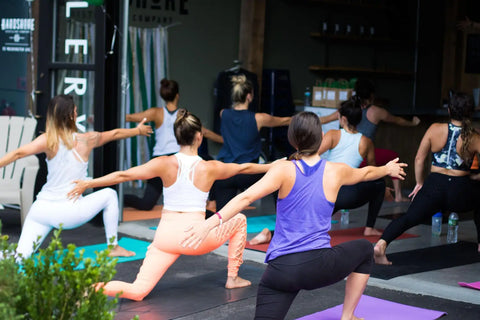
Vitamins and nutrients
These may provide benefits:- Vitamin B-6 and B-12
- Folic acid
- Vitamins C, D, E
- Magnesium
- Omega-3 fatty acids
- Betaine
Herbal supplements
For people who prefer natural remedies, these herbal supplements could help prevent another stroke and improve blood circulation:- Bilberry
- Garlic
- Ashwagandha
- Asian ginseng
- Turmeric
- Gotu kola
Aurum Met is best used for headaches and heart issues with palpitations.
Conclusion
Prevention is often overlooked before something happens. We wish that we did everything we could to never have dealt with such a condition.
The first step is to learn how to recognize the symptoms on yourself or others. That knowledge could be the key to a successful recovery because medical treatment within the first few hours is crucial in stopping severe brain damage or disability.
As always, a healthy lifestyle is the best way to keep yourself at low risk of anything. It is never too late to start!
If you know someone that has suffered a stroke, be there for them and be patient. Everyone can recover; sometimes, they just need a boost in morale!


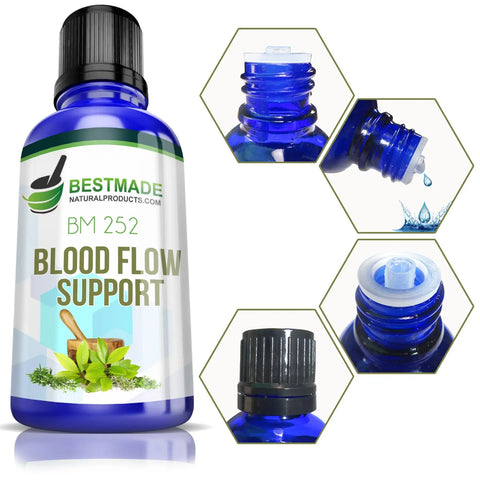

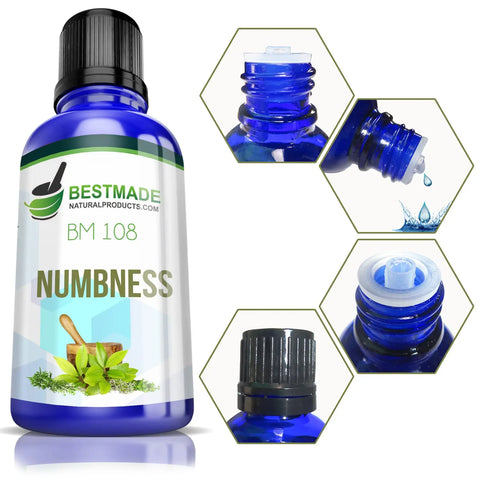

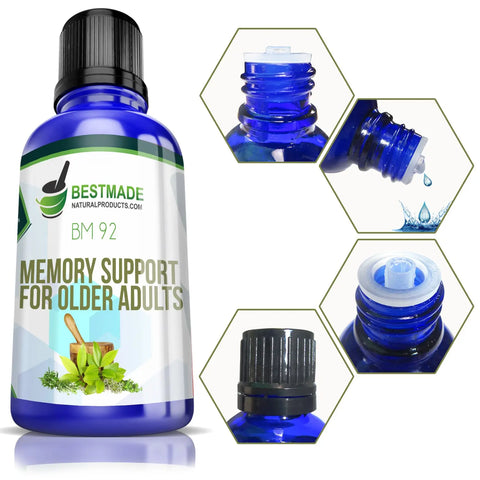
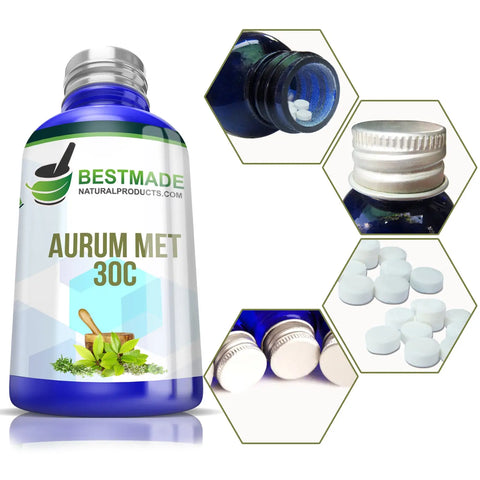
Dejar un comentario